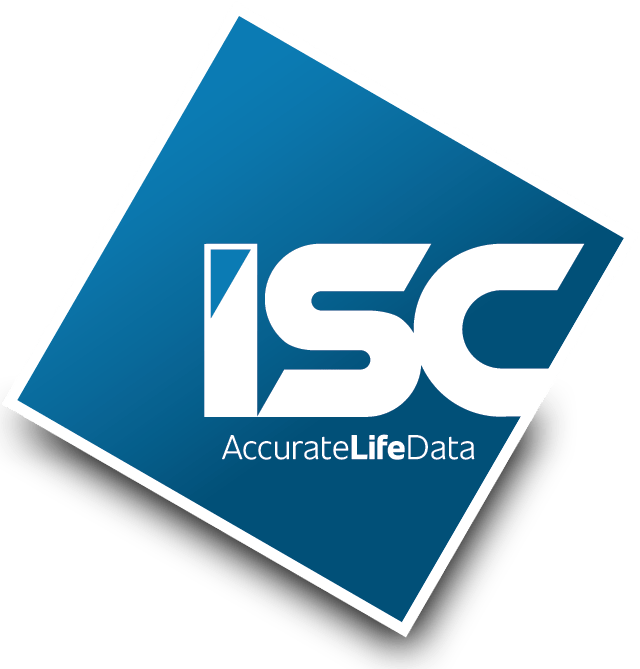As a decision maker in the senior living industry, you recognize how important it is to find the perfect fit between your residents and your facility — the one that is mutually beneficial. You want to be sure that you’re accepting candidates that are financially equipped to afford the care they’re seeking, and you need an accurate picture of their health and projected life expectancy so you can meet their needs.
An accurate life expectancy report (LE report) helps streamline this process and ensure that you’re making the right decision for both parties. Beyond providing you with a projected life expectancy, it also shares rich medical, lifestyle and functional status data that you can use to help residents plan their next financial step, thus providing them with another valuable service and solidifying both of your futures.
Why Life Expectancy Report Accuracy Is Essential
When you’re calculating life expectancy, you can always reach for a variety of generic, online calculators that provide a ballpark estimate of a candidate’s life expectancy based on general U.S. population’ data, but this is an imprecise approach using “macro-longevity” data. The Centers for Disease Control (CDC) and other government agencies offer these simplified life expectancy tables. While they are quick and easy, they are based on large groups of people vs. a unique, single individual. Since the COVID-19 pandemic has impacted the collection and distribution of accurate life expectancy data, national-level life tables based on the U.S. Census and other government-gathered data are now subject to delays and disruptions, further diminishing their accuracy. When you’re making a residency decision that has important ramifications for your candidate and your facility, you need more granular information and a high level of individualization and accuracy, also known as “micro-longevity data.” These are the types of life expectancy assessments, or LE reports, are what we provide.
The difference between generic and individualized information is akin to applying for a job and estimating your requested salary by averaging the salaries of ten people that are your age and gender — rather than looking at the salaries of those with similar experience levels and roles. With generic tables, you’re missing the nuances that contribute to life expectancy. Whether these are specific medical history details, lifestyle factors, incidences of smoking, drugs and alcohol use or functional status, they all play a large role in determining micro-longevity risk.
Our LE reports contain these details when they are relevant. They include a wealth of critical information that can help you effectively project life expectancy both for your business’ and candidate’s sake. Accurate LE reports like those we produce are indispensable to ensuring your facility’s future success. Senior living industry statistics and trends show that the industry is heading for a transformation. In Forbes’ recent look at “How to Fix Senior Living,” it’s clear that senior living communities and facilities will need to adapt on many levels to meet the needs of the next generation to enter its doors. From touchless technology and better air filtration that keep residents healthy during a pandemic, to revisiting how they’re treating burned out staff, and understanding candidate perceptions and working to ameliorate them, the senior living industry must be prepared to make big changes to keep their residents happy and healthy.
Since micro-longevity risk assessments are fluid, they change based on the most up-to-date information available, rather than relying on fixed algorithms to form their projections. With these reports, you can tap into real time lifestyle data to make informed decisions on what to offer this next generation of residents, including which amenities are most important to them and even how you’re position your senior living marketing to attract new residents.
How to Know if Someone Is Healthy Enough for Your Senior Living Facility
LE reports provide a bevy of granular information that can also inform medical decisions. To decide whether or not someone is healthy enough for your facility, you can use detailed LE reports for a stronger understanding of their specific health ailments, regularity of exercise, smoking habits [former or current], socialization status [engaged or not], alcohol and drug use [yes or no], functional status including ambulation [balances unassisted, gait unsteady or falls], ADLs [independent or not], and IADLs [independent or not].
While each report is highly customized for each candidate, you can also map the data to look at larger trends occurring in the industry. You can determine different lifestyle preferences, health behaviors and even the types of medical issues that are affecting candidates. This information is supremely helpful for planning future capital improvements and staffing changes in the senior and assisted living industry.
Helping Residents Plan Their Financial Futures
Whereas many senior living facilities approach the future with some trepidation about needed changes that are complex and expensive, you can instead look at these trends as excellent opportunities to serve the upcoming market. Today’s senior living companies have the chance to team up with both candidates and their children (who represent your future residents) to more deeply understand their individual needs and strive to meet them.
With the lifestyle data you receive in your LE report, you can have a conversation that gets deeper into the essence of your candidates. By communicating with elderly clients, you can address real concerns that they may be harboring, such as any financial fears they may have. Armed with the facts about their medical history and lifestyle habits, you can have a more honest, straightforward discussion about their financial picture. From there, you can discuss things like monthly costs and healthcare-related expenses that address their specific situation.
Leveraging LE Reports to Help Your Candidates and Your Business
As you’ve seen, life expectancy reports can provide a comprehensive picture of the candidate you’re considering for your facility. At ISC, we specialize in providing life expectancy assessments about unique individuals in the senior market, so not only are our reports thorough, but they are laser-focused on certain age groups and therefore integrate the nuances of their distinct lifestyles. Our services are based on cutting-edge science and life expectancy research, and backed by underwriters with decades of experience in the industry. When you receive life expectancy reports from us, you can trust that they incorporate the most recent research available, leaving no room for second guesses or uncertainty.
In an industry where this is important for the future of your business as well as the future of your residents, accuracy is critical. For more information about life expectancy reports and how they can help your candidates and your business, please contact ISC Services. We look forward to over-preparing you for the future!




